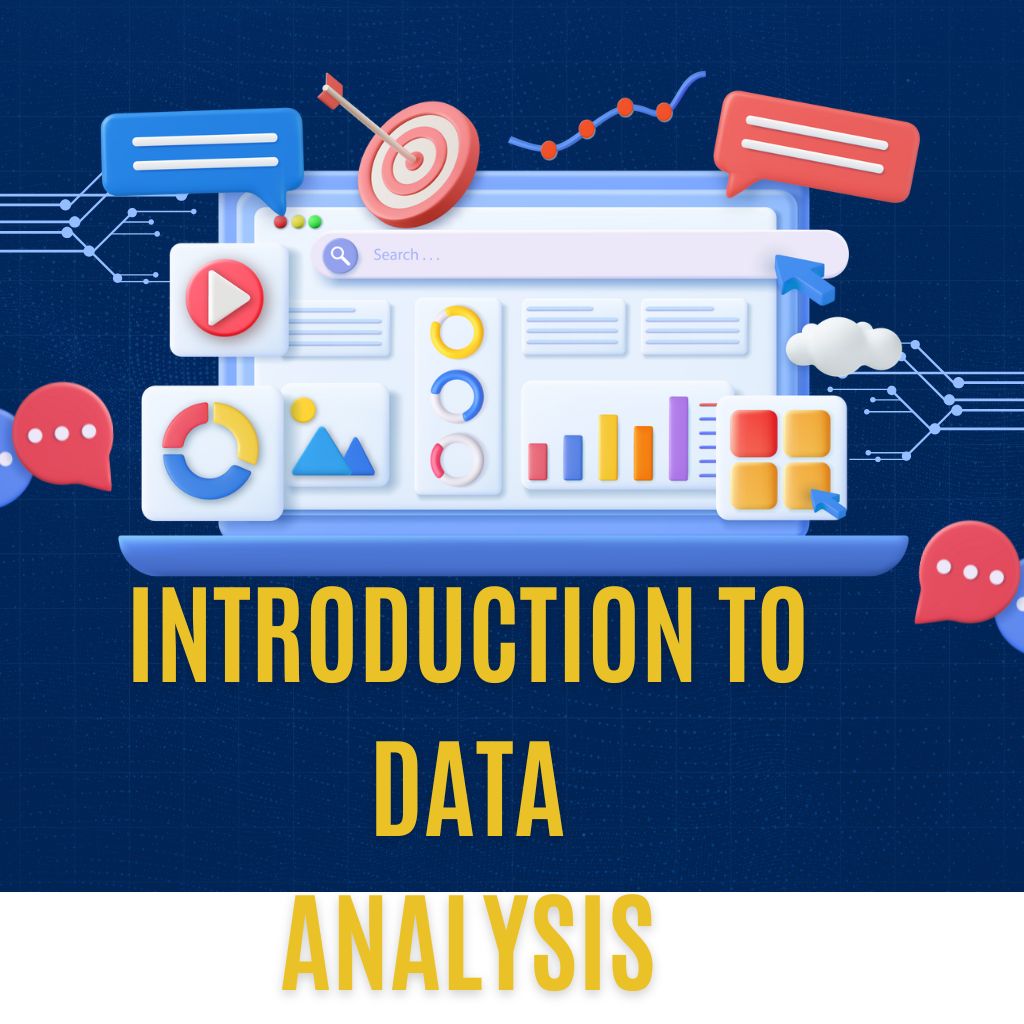Introduction
Introduction to Data Analysis: Data analysis is a systematic approach to examining and interpreting data to derive meaningful insights. It plays a critical role in various fields, particularly in academic research, where understanding data can lead to ground breaking discoveries and informed decision-making. This article will explore the different data analysis techniques, how to analyse research data effectively, and the importance of research data interpretation. Moreover, we will introduce MyWordAi.com, an automated academic writer powered by ChatGPT, which assists researchers in conducting data analysis efficiently without the need to master complex AI prompting.

Understanding Data Analysis Techniques
A. Descriptive Data Analysis
Descriptive data analysis is the first step in understanding your data. It involves summarizing and describing the main features of a dataset. This technique provides a clear overview of the data’s characteristics without making inferences about the population from which the data is drawn. Common methods include:
- Mean, Median, and Mode: These measures of central tendency help identify the average or most common values in the data.
- Standard Deviation and Variance: These metrics measure the dispersion of data points from the mean, providing insights into data variability.
- Graphs and Charts: Visual representations, such as histograms and pie charts, help illustrate trends and patterns in the data.
B. Inferential Data Analysis
Inferential data analysis allows researchers to make predictions and generalizations about a population based on a sample of data. This technique often employs statistical methods to test hypotheses. Common inferential techniques include:
- T-tests and ANOVA: These methods help compare means between groups to determine if differences are statistically significant.
- Regression Analysis: This technique assesses the relationship between variables, helping predict outcomes based on input data.
Analysing Research Data
A. Types of Research Data
Understanding the types of research data is essential for effective analysis. Research data can be broadly categorized into two types:
- Qualitative Data: This non-numerical data type captures subjective information, often through interviews or open-ended surveys. Examples include opinions, experiences, and feelings.
- Quantitative Data: This numerical data type is measurable and can be analyzed statistically. Examples include survey results and experiment measurements.
B. Preparing Data for Analysis
Before analyzing research data, it’s crucial to prepare it adequately. Data preparation involves:
- Data Cleaning: Identifying and correcting inaccuracies, removing duplicates, and addressing missing values ensure the dataset is reliable.
- Data Validation: Checking the consistency and accuracy of the data enhances the quality of analysis and interpretation.
Research Data Interpretation
A. Interpreting Results
Interpreting research results is an integral part of data analysis. Understanding statistical significance helps determine whether the observed effects are likely due to chance or represent real differences. Moreover, data visualizations, such as graphs and charts, can aid in comprehending complex results and trends.
B. Common Pitfalls in Data Interpretation
Misinterpretation of research data can lead to incorrect conclusions. Common pitfalls include:
- Ignoring Context: Failing to consider external factors can skew the interpretation of results.
- Overgeneralization: Drawing broad conclusions from a limited dataset may mislead researchers.
The Role of Technology in Data Analysis
Software and Tools for Data Analysis
Various software and tools are available for data analysis, providing researchers with advanced capabilities. Popular options include:
- Excel: A widely used tool for basic data analysis and visualization.
- SPSS: A comprehensive statistical software package for advanced statistical analysis.
- R and Python: Programming languages widely used for data analysis and visualization due to their flexibility and extensive libraries.
Introduction to MyWordAi.com
As data analysis becomes increasingly complex, tools like MyWordAi.com can simplify the research process. This automated academic writer, powered by ChatGPT, assists researchers in drafting high-quality papers without needing to learn intricate AI prompting. With MyWordAi, users can generate structured content based on their research data, ensuring accurate representation of their findings.
Visit MyWordAi.com to explore how this innovative tool can enhance your academic writing and research data analysis.
Introduction to Data Analysis: Step-by-Step Guide on How to Use MYWORDAI.COM to Write This
- Visit MyWordAi.com: Open your browser and navigate to the MyWordAi website or download the app from the Google Play Store.
- Create an Account: Sign up for an account if you haven’t already. This may require an email address and password.
- Select a Template: Choose a template that fits your research paper format. MyWordAi offers various pre-prompts to suit different academic needs.
- Input Your Research Topic: Enter your focus keyword, “Introduction to Data Analysis,” and any specific details or guidelines related to your research.
- Generate Content: Use MyWordAi’s AI capabilities to generate structured sections of your paper, including the introduction, methodology, analysis, and conclusion.
- Edit and Customize: Review the generated content for accuracy, coherence, and adherence to your research requirements. Make any necessary adjustments to align it with your personal style or additional findings.
- Cite Sources: Ensure all sources and data referenced in your research are appropriately cited using your preferred academic style.
- Finalize and Download: Once satisfied with the content, finalize your document and download it for submission.
- Seek Further Assistance: If needed, you can continue to use MyWordAi for additional writing support or to tackle other research topics.
Conclusion
In summary, data analysis is a vital component of academic research, enabling researchers to extract meaningful insights from their data. By understanding various data analysis techniques and effective data interpretation methods, researchers can significantly enhance the quality of their work. As the field evolves, leveraging technology like MyWordAi.com can streamline the research process, making it easier for scholars to focus on their findings rather than the complexities of data analysis.
Take your research to the next level by using MyWordAi today! Download the app from Google Play Store and experience the benefits of automated academic writing.